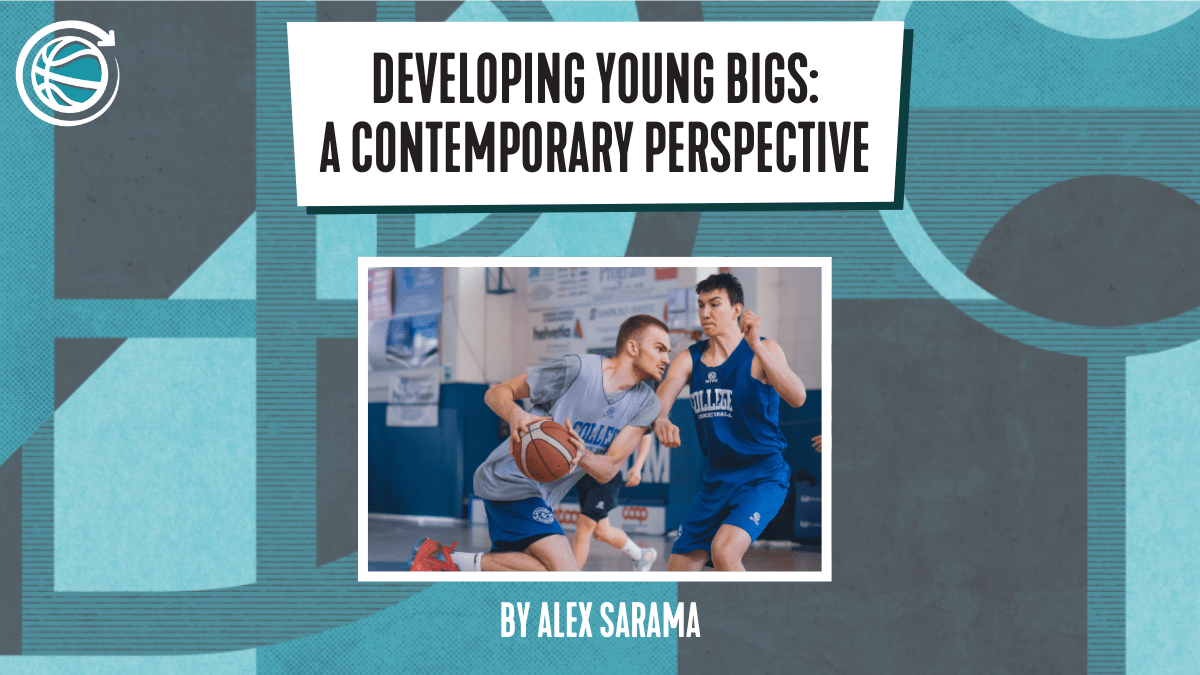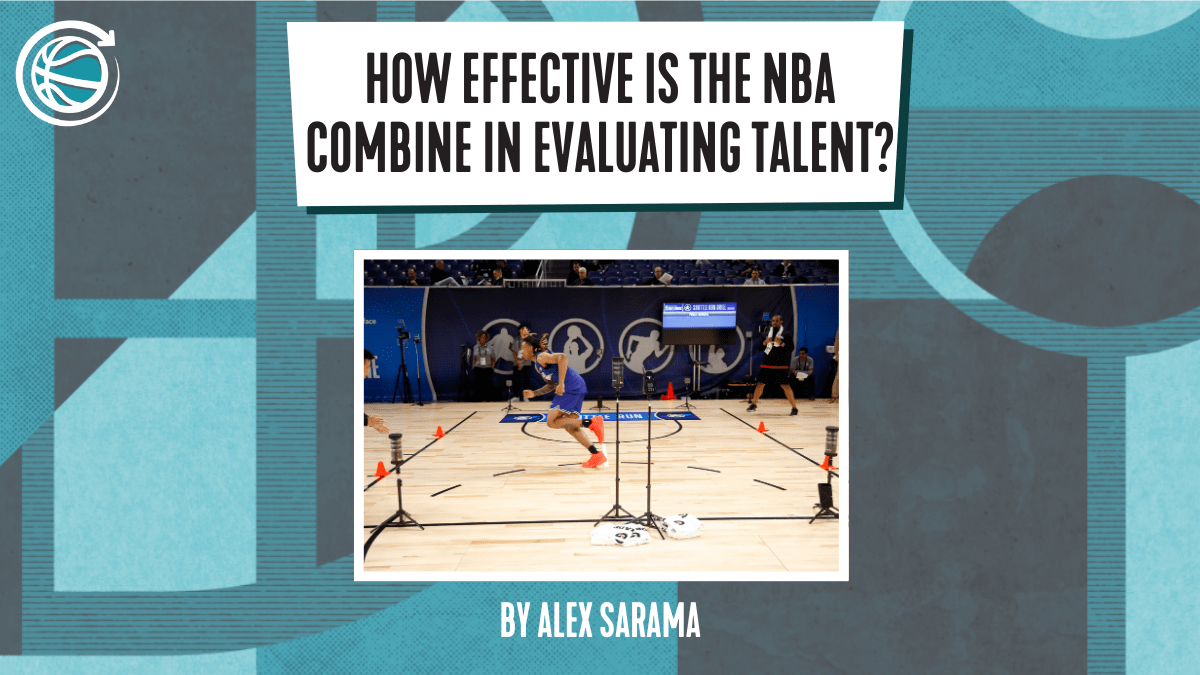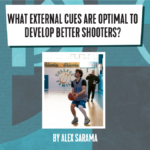Developing Young Bigs: A Contemporary Perspective
Positionless basketball is nothing new, and has been spoken about as a concept for multiple years within the basketball world. Despite this, it is not uncommon for many young bigs to be extremely limited when observing their movement solutions in multiple areas of the game. This is especially apparent when observing their functional movement capabilities and shooting. This commonly leads to bigs being incredibly stiff movers, who are lacking the ability to express dexterity in areas such as finishing, dribbling, passing, shooting etc.
“Dexterity is the ability to find a motor solution for any external situation, that is, to adequately solve any emerging motor problem.” – Nikolai Bernstein
One of the reasons for these deficiencies may be the practices and common methodologies that coaches use to develop bigs. Frequently, their practices tasks are overly simplified and as such, ‘bigs’ are prevented from participating in more complex activities of the likes typically associated with guards. This is done with the mindset that bigs first need to ‘master the basics’ and the activities or roles required for playing at their ‘position’ as a big. This doesn’t sound very positionless and only prevents players from opening up the system DoF (degrees of freedom).
This idea of mastery is a word we don’t believe in at Transforming Basketball. What does it even mean to “master a skill?” If we appreciate that skill is emergent in the face of interacting constraints, it quickly becomes apparent that talking about mastery and perfection is irrelevant.
Furthermore, bigs are often negatively impacted by the tendency to use traditional positions and stereotypical roles within basketball. This may act as the main limiting factor in prohibiting skilled movement solutions from emerging in young bigs. The video is one example of how this form of life can be challenged.
This is a thread on how traditional positions and stereotypical player roles prohibits varied functional solutions emerging in 🏀. Using one of our players @AkselBrifk as an example, a 6ft 10 Class of 23 from Estonia who has improved enormously in the 1 half of the season… pic.twitter.com/WVbNq9LHOV
— Alex Sarama (@AlexJSarama) January 19, 2023
While for younger bigs developing confidence is certainly important, this does not mean that they should refrain from participating in more complex practice activities. For instance, playing against a smaller and quicker defender in a 1-on-1 from the perimeter (as shown in the video above) is likely to be highly challenging for a player that is still growing and likely not as coordinated as their other teammates. Therefore, what are other plausible solutions?
Young bigs can still be provided with valuable learning opportunities within activities that feature creative constraint manipulations, rather than pulling them out of ‘alive’ (credit Emergence) activities to work on common drills such as the Mikan, back to basket 1-on-0 finishing, etc. The answer lies in how coaches scale the usage of constraints. Rather than decomposing, practice tasks can be simplified through the use of constraints.
For instance, if a big is playing against a skilled perimeter defender from the 3PT line, the defense could be constrained to playing only with one hand. Alternatively, the big may have an opportunity to pass and attack again if they get stuck. Allowing bigs to develop in context-rich environments is key.
DOWNLOAD OUR PLAYER DEVELOPMENT SSGs BOOK
It can be an exciting task to take on the challenge of developing bigs to be somewhat positionless and skilful enough to handle the ball in situations such as inverted pick and rolls. However at the same time, a balance must be struck to ensure a player is developed according to the head coach’s vision of how a player will be utilised within a team’s principles of play. However, the good news is that with the right CLA practice task, skills that emerge within activities that are normally associated with being more ‘guard like’ can effectively transfer back to the affordances a big encounters within their games. For instance, if a big can reject proficiently in a pick and roll, this may carry over to when they rebound and break-out dribble to advance the ball at speed in transition.
One of the most important aspects of developing young bigs may rest in improving their all-round movement solutions. Through utilising a CLA in their warm-ups, players receive a valuable opportunity to ‘open up’ their system degrees of freedom. Many bigs appear extremely rigid as their degrees of freedom are essentially frozen. Becoming a better mover is the easiest way to become a more skilful and adaptive player. It is no wonder that so many bigs are poor movers and injury prone, when most of what their player development comprises of highly repetitive drills and movement routines!
The game may never become completely positionless at certain levels, but developing players without being biased by positional / role demands allows players to develop without restrictions. Coaches must also become comfortable with playing young bigs more and seeing them make mistakes. In my experience, I have seen many bigs either intentionally or unintentionally resort to using common tendencies over and over again. While this may lead to an effective solution occurring at times, I have enjoyed using constraints that place bigs in ‘uncomfortable situations’ to see how they adapt. This may include examples such as inviting them to initiate triggers, not being allowed to score inside the smile etc.
Ultimately, it can be extremely uncomfortable seeing bigs losing the ball in a dribble tag game or 1-on-1, but this is the learning process which is essential in allowing them to explore. Imagine what more bigs may be capable of if they received opportunities to participate in more ‘unconventional’ practice tasks?
Learn more about the Transforming approach to player development in the video below…

Apr 27, 2024
Alex Sarama



